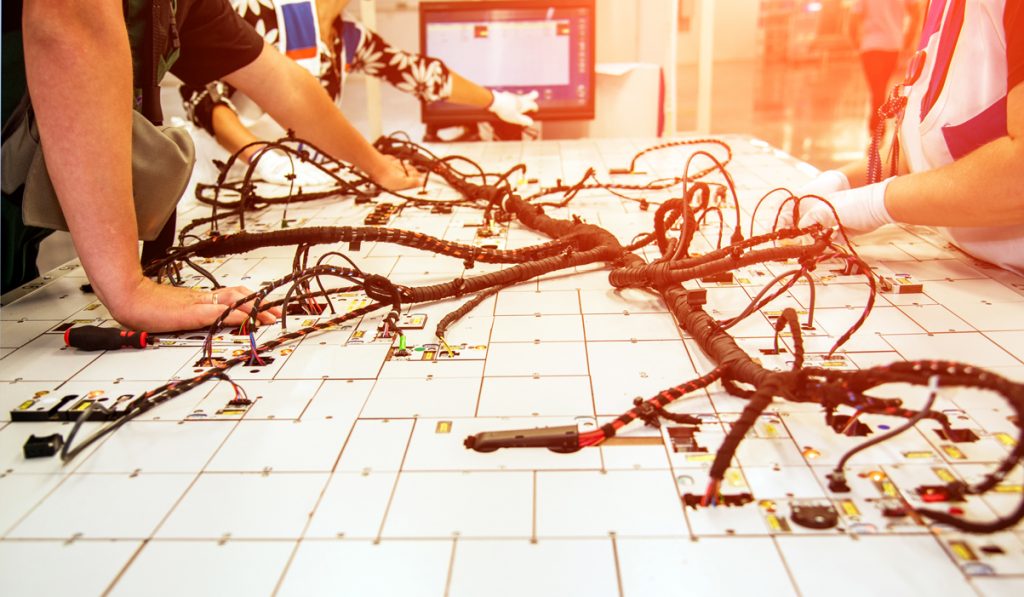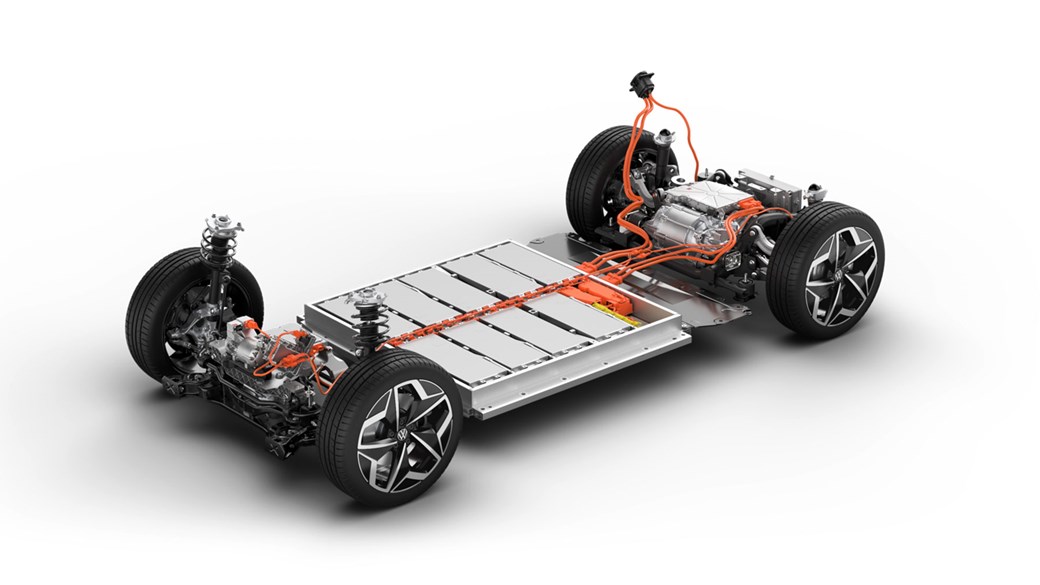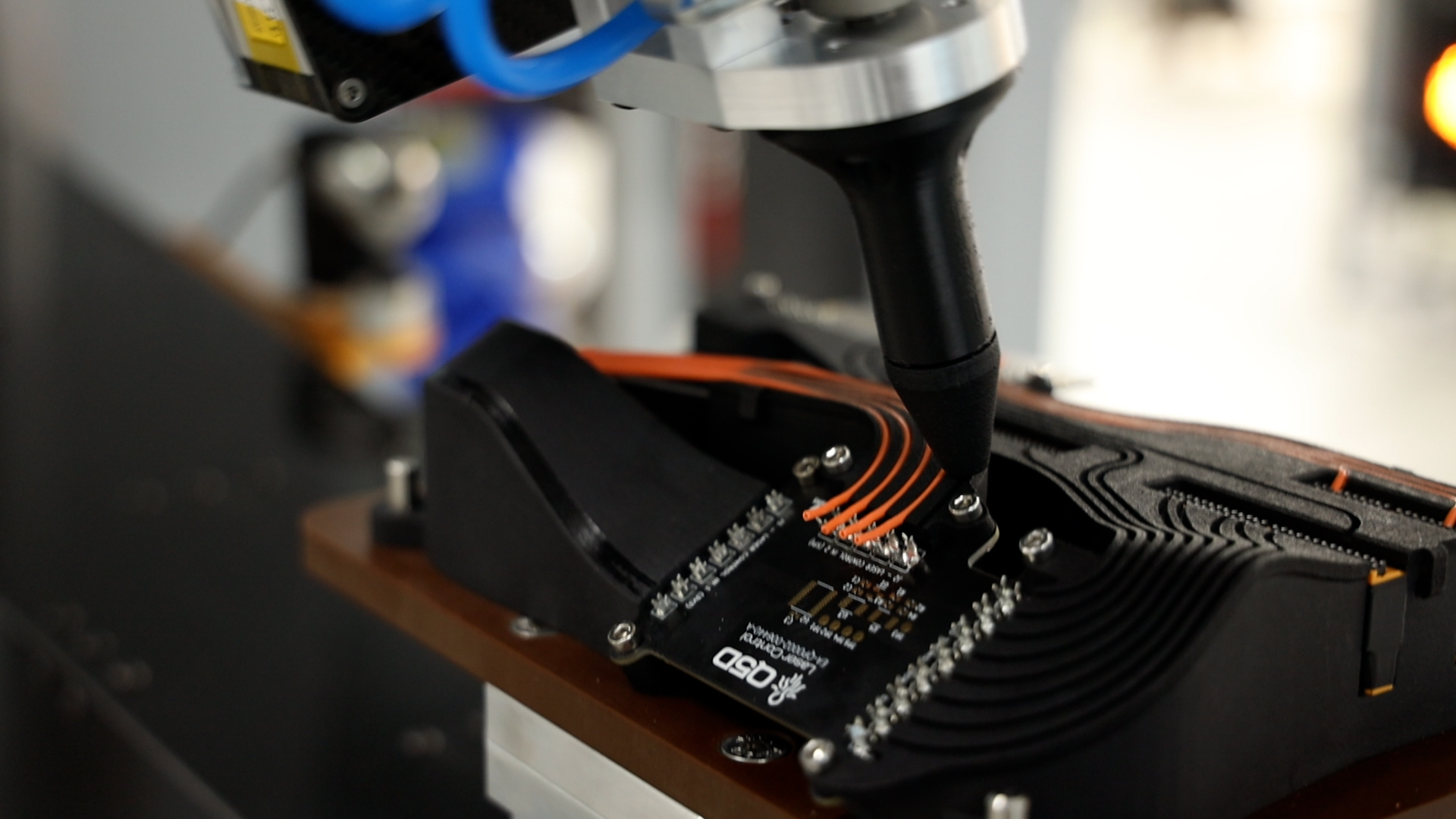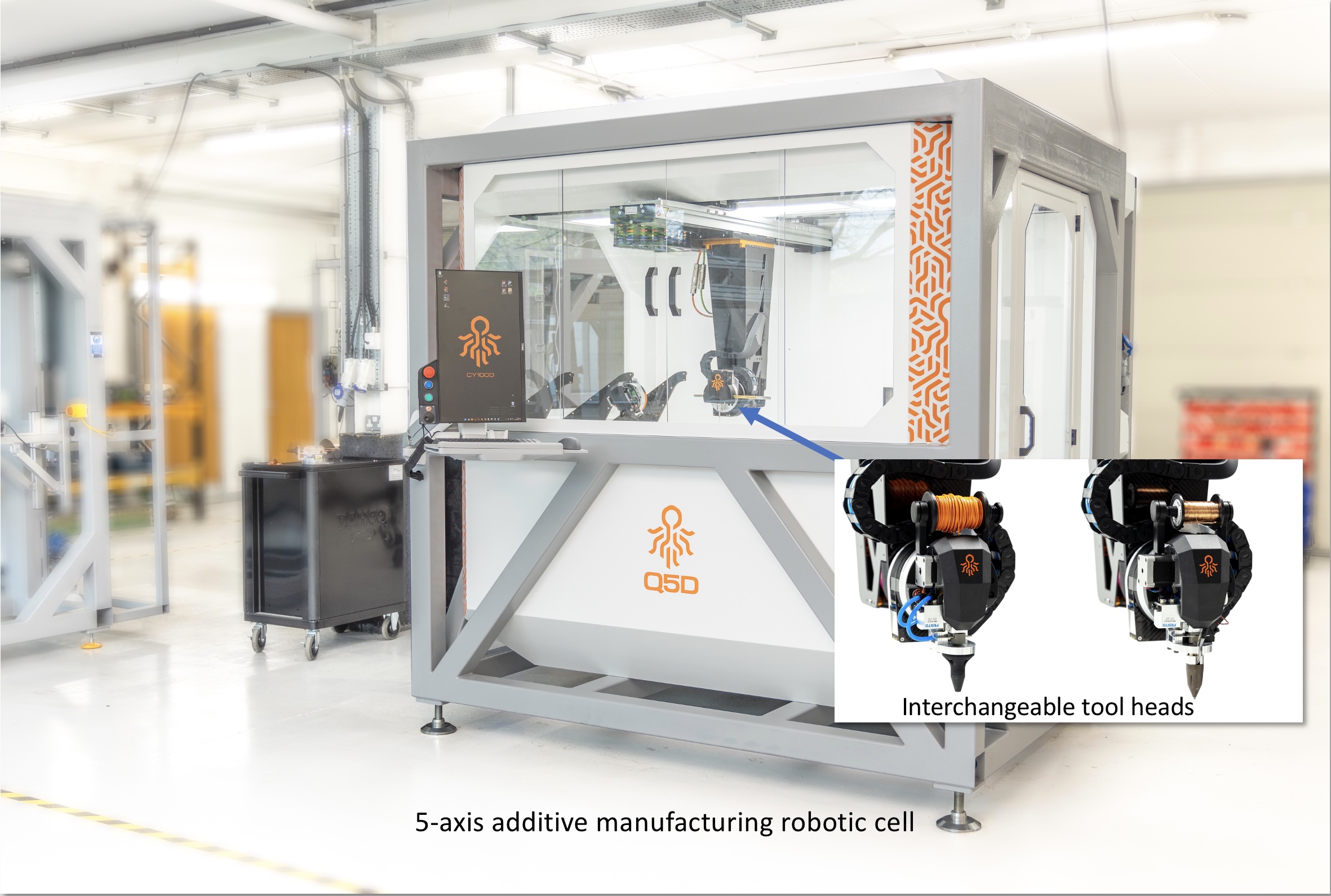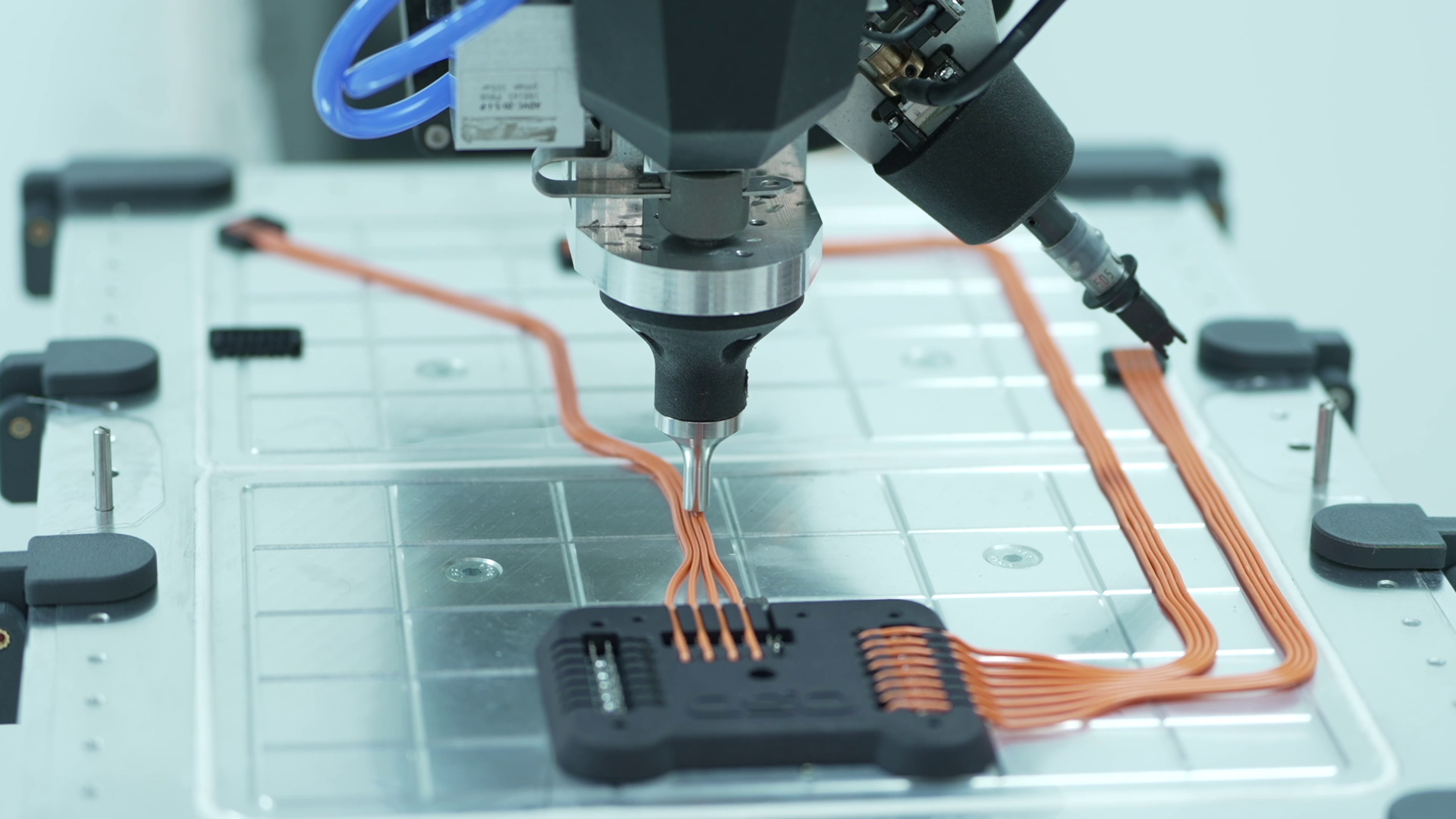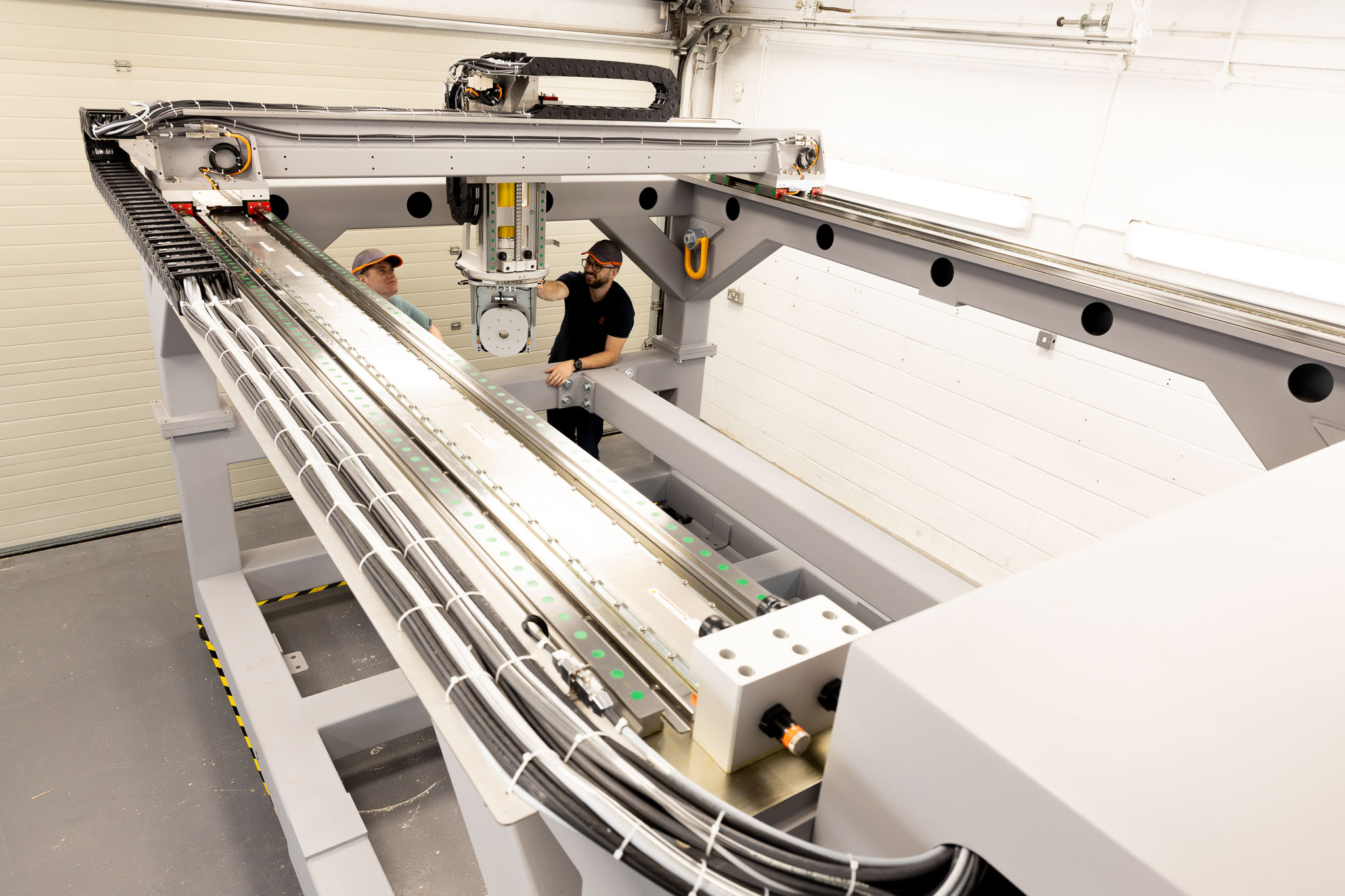The content dilema
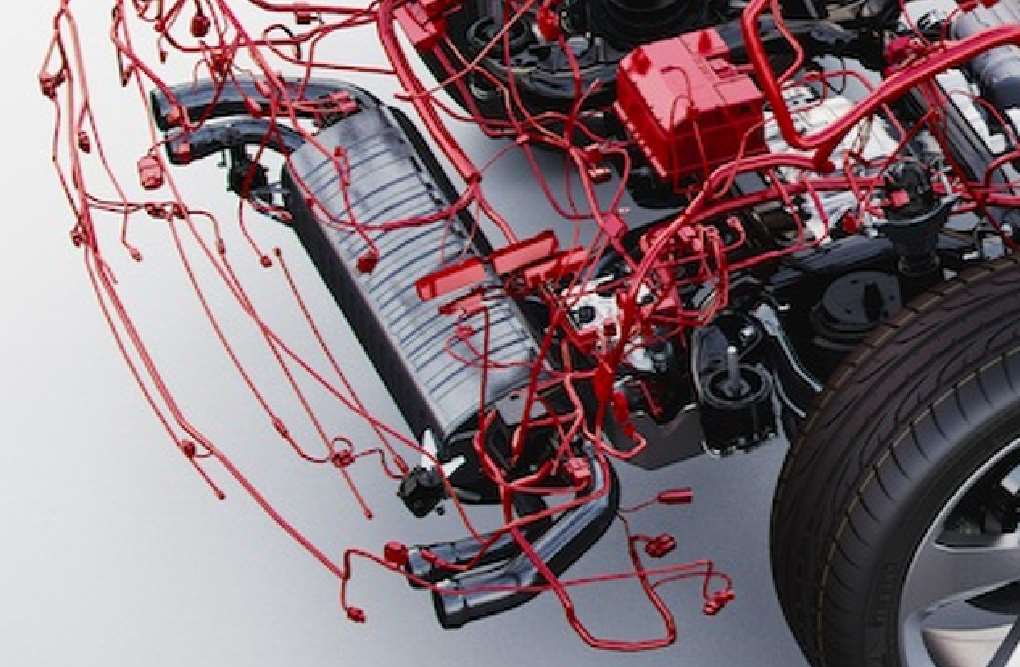
Function v weight & space
Wiring harnesses are critical components in many of the products we rely on, from cars and planes to white goods and consumer electronics, enabling electrical functions such as lighting, electric motors, and sensors. Wire harnesses therefore play a key role in electrification, the Internet of Things (IoT), and Industry 4.0 and the benefits brought by these developments fuel an ever increasing demand for more and more wiring.
Wiring harness development in today’s automotive world
Customer expectations and the impact of new technology have particularly acute effect in the automotive industry. The never-ending development of new technologies and their addition to modern vehicles leads to a phenomenon that can be labelled as the ‘content dilemma’. The content dilemma epitomises the conflict between the technology content that vehicle manufacturers try to integrate into their vehicles and the weight, cost and packaging space required for wiring harnesses.
Complexity driving weight
Weight, in particular, is emerging as a key concern for carmakers as more electronic circuitry is added into vehicles that are either fully or partially powered by batteries. As a result, automotive manufacturers are exploring alternative substrate materials, different types of sensor fusion, less complex architecture to reduce the number and length of wires and neoteric wiring harness methods. Adding pounds reduces the driving range for electric or hybrid vehicles. The automotive industry needs to shed weight and still perform its juggling act to hit all functional safety, reliability and longevity targets.
Aptiv: Evolution of vehicle architecture
The electrical and electronic systems (E/E systems) link together and control a wide variety of in-vehicle functions and electrical components. Since the E/E system content of automobiles is growing almost exponentially, the weight and space requirements for these traditional system components will no longer be manageable. It’s easy to point to the wiring and circuit board side and challenge them to find weight savings. Traditional wiring harnesses are exceptionally heavy and bulky due to heavy copper cores and thick insulators.
Some modern vehicles contain close to 40 different harnesses, comprised of roughly 700 connectors and over 3000 wires. If taken apart and put into a continuous line, these wires would exceed a length of 2.5mi (4km) and weigh approximately 132lbs (60kg). Five years ago, vehicles had 25% less circuits than today’s cars. Five years from now, that number will increase by more than 30%. For instance, The BMW 5 Series has increased total vehicle weight by 50% over roughly 40 years. In another case, in only one generation of evolution of the Golf the cost of the E/E system increased by 70% and the weight 32%.
The power challenge
Vehicle electrification creates a power challenge, too, which has a direct bearing on weight. As we move to vehicle electrification, we are now talking watts and kilowatts instead of talking small amounts of currents. That’s a massive change for the automotive industry.
More power is needed to run the EV if it weighs more. Electrified vehicles are critically impacted by weight, which is rapidly becoming ever more critical and thus a major KPI of increasing importance to vehicle engineers. In fact, weight takes on a new meaning in the age of EV as it is the equivalent of fuel efficiency, and it has a linear impact on battery range, and every OEM is chasing the ultimate ‘extended’ range vehicle, except for the performance-minded.
Approaches to solve the issues
A range of approaches have the potential to replace these components and reduce system weight significantly and at the same time make the integration of electronics with the physical structure of the automobile much more seamless. Additive manufacturing expands the range of polymeric materials that are available for making flexible circuit substrates. Integration of electrical function into sub-assemblies, and components offers a route to saving space and weight.
Super-Long Flexible Printed Circuit Goes Outside the Board
Additive manufacturing with conductors creates new possibilities for producing E/E systems that conform to the surfaces within the automobile. In addition, a digital twin of the E/E system allows an optimised architectural platform to be created, correct-by-construction, reducing the cost and weight of the vehicle.
Reliability
While the automotive industry works to lower the weight and cost of E/E systems, those systems also must be reliable enough to use in safety-critical systems. This has created an enigma for automakers since the best way to ensure reliability is through redundancy. This approach has been proven in extreme environments, such as in satellites where tin whisker growth has been known to cause short circuits, as well as in automotive E/E systems today using far less sophisticated technology. But redundancy also adds weight to the vehicle, so just duplicating components everywhere is far from feasible. In future data-driven business models, some functions may only be temporarily enabled via OTA software updates. In the case of electric vehicles, this can also include the motor performance. For car manufacturers to be able to implement such functions, the cabling must be designed for the maximum possible performance, even if this is rarely required at all. This will also make cable harnesses even more expensive.
Autonomous driving’s future: Convenient and connected
Autonomous driving requires the addition of a multitude of hardware redundancies and fail-safe mechanisms to prevent single points of failure that could disable the autonomous system unexpectedly. System redundancies are critical because unexpected failures may cause the vehicle to crash if the driver isn’t paying attention or actively involved in the driving and steering process. However, these safety redundancies will add further significant weight and cost to the wiring harness.
Solving the dilemma
Modularity is one of the keywords in that dilemma, looking into the future of wire harness design and manufacture. Designing and manufacturing with modularity in mind can help cope with the cramped space and rising amount of wires in a modern vehicle, particularly because many vehicles are produced in a number of different variants. In theory, you could design a wire harness that could handle all the vehicle options and features on offer. But that would be too costly, add to the vehicle’s weight, and take up too much space. So instead, manufacturers need to think LEGO. With a modular design, you can expand the basic harness with sub-harnesses where required.
That approach also facilitates assembling and servicing. When assembling a vehicle, instead of rolling out the complete wire harness and installing it at once, you can do it in sequence. This plug-and-play approach to assembling makes perfect sense when a vehicle comes in many different variants. And, what makes sense in assembling makes sense in maintenance in consequence.
Modularity can solve another significant overlooked challenge for wire harness design and manufacture in electrified vehicles: the high current magnetic field. The magnetic field created by high-voltage cables tends to disrupt low-voltage systems, so manufacturers need to factor in this EMC noise (Electro Magnetic Compatibility) when designing a harness. To protect the signals running in the low-voltage communication cables, you have to be careful not to put them near their high voltage siblings. And that is quite a conundrum, especially with limited space at disposal.
Another of addressing these trends is fundamentally rethinking the wires themselves and how they are harnessed. We are going towards using a wider variety of wires compared to the regular wires used in a standard vehicle Controller Area Network (CAN) system. CAN is not enough to transfer the vast amounts of data in the system, and CAN cables need to be complemented by coax- and ethernet-type cables. However, many of them are not really adapted to the automotive industry.
Comparing costs
According to Oliver Wyman, the total cost for manufacturing a compact (C-segment) combustion-engine car is around €13,900.
EVs have lower assembly and powertrain/drivetrain costs, but are more costly in chassis, BiW/exterior, and E/E (€2,000). The battery pack – at €8,000 – is the main component cost responsible for the total of €20,300, 45 percent more than the €14,000 for ICE cars.
This gives us a fascinating insight into why Tesla, Inc. and others pursue new ways to manufacture BEVs other than battery efficiency improvements, like the Model Y mega castings. In 2019, Tesla, Inc. revealed a new revolutionary modular wiring harness architecture to enable further automation in the manufacturing process and use fewer materials. If production can be more automated, assembly costs can be brought down massively.
Tesla’s CEO, Elon Musk, said that Model S has about 3 kilometres of wiring harnesses, and Tesla brought it down to 1.5 kilometres in length for the Model 3. Tesla’s new wiring architecture for future vehicle platforms aims to bring it down to just 100 metres ideally. Reduced manufacturing costs would lead to higher gross margins, and ultimately more affordable EVs.
It is widely believed that a $100/kWh for batteries will make EVs competitive with combustion-engine cars, but Oliver Wyman argues that it is not quite like that. By 2030, the consultancy believes battery prices will be around $85/kWh. Even then, electric cars would be 9 percent more expensive to produce.
According to the Oliver Wyman numbers, that happens even with the price for ICE vehicles increasing to €14,600 by 2030. That’s a 5 percent enhancement, but electric car production costs will then be at a total of €16,000, or precisely 9.58 percent (€1,400) more than the 2030 combustion-engine cars.
When you check the numbers, the difference still lies in the powertrain, E-drive, E/E, battery cluster, which amounts to €6,700. In combustion-engine vehicles, adding the powertrain costs to engine and auxiliary ends up in €5,200, or €1,500 less.
If these numbers are precise, Oliver Wyman gave automakers an amazing tip on how to make a profit out of these vehicles since working on battery and motor costs is not enough. Dinosaur stuff also needs to evolve and cost a lot less.
Q5D’s new approach
Q5D has developed a system for adding wiring directly to existing parts using additive manufacturing, laser sintering, and 5-axis robotics. Engineers scan the parts to create a digital twin and then design the wiring template using this model. The machine lays the wiring exactly where it’s needed, including wire traps that secure wires in position and safely separate them from each other. 5-axis robotics adds terminations precisely and automatically.
The wire harness manufacturing process has historically relied on manual methods with production centres located far from OEM sites. As a result, OEMs have faced supply chain disruptions that threaten their ability to meet their market demands. Some progress has been made to automate manufacturing using LDS, printed electronics, and other additive methods. However, a new approach from Q5D is revolutionising the wire harness manufacturing industry. The Q5D technology adds wiring to existing product components with maximum flexibility, thus keeping the wire weight and footprint to a minimum. Using this new method of wire harness manufacture, OEMs can “reshore” this element of their production and eliminate supply chain disruptions.
